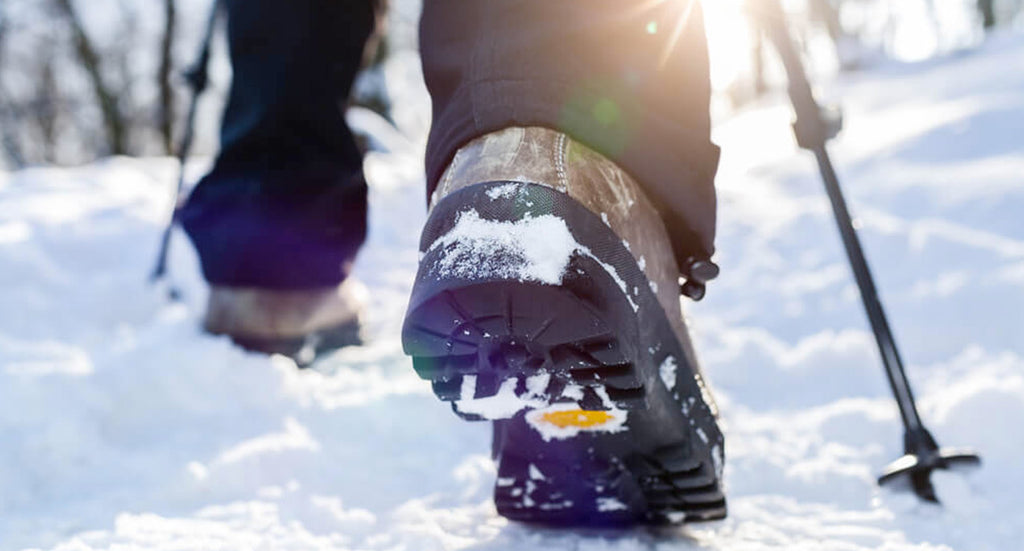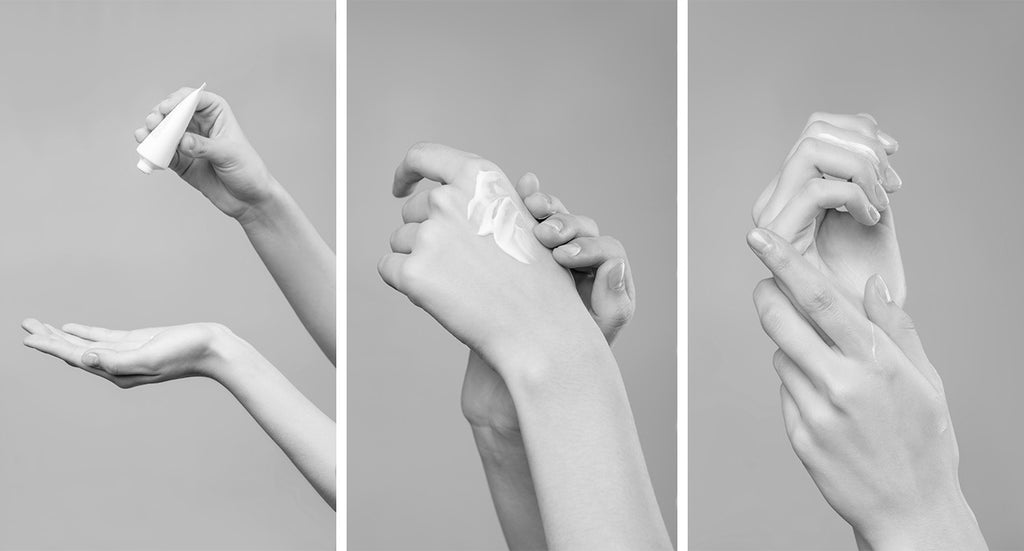
How to Dress to Face the Cold in the Mountains?
When you are in the mountains and you go to face the cold, it is necessary to select the right outfit. Important to face the freezing temperatures, it is in our survival to equip ourselves decently for the occasion.
In this article, we will first discuss the different clothes and equipment to adopt in order to enjoy your mountain experience without the inconvenience of the cold. In addition, we will study the consequences of the cold in the mountains on our body in order to adopt the right actions to avoid its harmful effects.
1. Adopt the right outfit to face the freezing temperatures in the mountains
In order to protect yourself effectively, it is first of all necessary to adopt suitable clothing for the mountains. With the altitude, the cold is more and more present and the climate can sometimes become unsuitable for humans.
Indeed, thanks to years of evolution, we have become accustomed to living in low altitude climates. However, when it increases, it becomes necessary to adopt the right clothes so as to prevent the possible dangers of the cold.
1.1 The three-layer system, essential in the mountains

Renowned in the high mountains, the three-layer technique is based on a simple principle. This consists of stacking three different types of clothing in order to drastically minimize the loss of body heat.
Allowing athletes to adapt to the level of effort required in the mountains, it allows them to isolate themselves, keep warm and of course let our bodies breathe to evacuate body moisture.
Here is the composition of these three layers of clothing.
- The first layer, present on the surface of the skin, corresponds to the underwear. In a mountain outfit, their mission is to save body heat while wicking away perspiration. They have two vocations:
- When you're active, they should wick away sweat and dry quickly . They are designed with state-of-the-art technical materials to prevent the body from overheating while keeping you dry.
- When you are stationary, these technical underwear must prevent heat loss . Light and efficient, these garments are, for example, made with Merino wool.
- For the second layer, this will have the objective of keeping warm. Being the most important against the cold, it mainly focuses on providing warmth. As a rule, it consists of a fleece jacket. This is preferred because it accompanies the movements of the athlete thanks to its stretch properties. At Climb Winter, fleeces are the subject of particular attention so as to maximize their lightness and comfort to give athletes unparalleled pleasure. Incorporating a heating system, the heated fleece jackets that we offer insulate the body from the cold while providing it with pleasant warmth in any situation.
- Finally, the last layer is composed of an insulator. In direct contact with the elements, such as snow, rain or wind, it is designed to insulate itself from the outside. It is then necessary to favor a hydrophobic and windproof jacket. The characteristics to be respected for these jackets are as follows:
- The membrane must be impermeable ;
- The garment must be light and correctly constructed in such a way as to give the athlete good mobility ;
- The wall must be breathable to evacuate excess heat during active phases;
- The jacket must be equipped with a heating system for effective protection against the cold. The heating promulgated by it will not necessarily be used all the time, however when the temperatures are freezing, it will not be too much. Specialized in the design of these clothes, you will find a wide range of heated coats on the Climb Winter internet store.
1.2 Put on the right shoes in the mountains

Finding a shoe that fits is essential for composing an effective mountain outfit.
For trekking, snowshoeing or skiing, it is essential to correctly select the size and size of your largest foot . To maximize comfort, do not hesitate to add an extra size to this first measurement. This will allow you to be more comfortable in good shoes when wearing your socks.
To find the right pair of shoes, a simple test is to be carried out. If your heel sticks out too much from the sole, it means the shoe is too big. Conversely, if the front of the foot is too cramped, it means that your shoe is too small.
Another criterion for putting on your feet correctly will be to understand the need you will have for them. Protecting the extremities of the lower body from difficult terrain, humidity and bad weather, the shoes will not react the same way.
For trekking or hiking, for example, the shoes must be breathable and hydrophobic by being equipped with a Gore-Tex® membrane. In addition, they will need to be designed with a stone guard to prevent possible foot injuries.
1.3 Protect your face and hands in the mountains

Being responsible for about 30% of body heat loss, the extremities correspond to the parts of the body most exposed to the cold. In addition, being prone to frostbite and frostbite, it is important to equip yourself with care.
This must be resistant to abrasion , provide excellent dexterity and finally, provide warmth to insulate your hands and fingers from the cold, gloves are essential for the mountains. For expeditions in cold places, opt for heated gloves made with a waterproof, windproof and breathable membrane. Since rock, ice and snow can damage your gloves, these thermal models are reinforced in the palm and fingers for improved grip and increased wear resistance.
Finally, the use of a cap or a headband for the cold is recommended to effectively protect the head and ears which are very sensitive to the cold. Made of Merino wool and polyester, these materials dry quickly and retain heat efficiently.
It is important to specify that in the mountains, a headdress is important in order to guard against the dangers of the sun's rays.
2. The right gestures to protect yourself from the cold in the mountains
2.1 Beware of dehydration
When we are at altitude and exposed to cold, it has a tendency to reduce thirst, but this is a deceptive sensation. Indeed, in order to maintain its internal temperature at 37°C, the body consumes calories, a process requiring water. It is therefore necessary to drink regularly .
2.2 Moisturize your skin when you are in the mountains
With the cold, the wind, the sun and the altitude, the skin dries, loses its elasticity and ages more quickly. It is therefore important to protect it properly to take care of it. First of all, it is necessary to apply a solar protection , or a total screen, so as to protect the skin from the dangers of the sun.
In addition, it is relevant to apply a moisturizer , preferably a fairly oily cream to nourish the surface of the skin and prevent it from pulling.
Finally, like the rest of the year, you have to make a mask a week, in order to eliminate dead skin before spreading a night cream.
2.3 Avoid chapped lips
Being one of the surfaces of the body where the skin is the most fragile, they deserve special care, especially in the mountains where there are many dehydrating factors. Regularly, it is necessary to exfoliate them by taking sugar on your finger or a toothbrush by rubbing gently. Then, you have to apply lip balm to protect them from the cold and thus prevent chapping.
2.4 Moisturize your hands so they don't dry out
Likely to crack with the cold, the skin of the hands is very sensitive to it because it is more often exposed to the elements. In fact, every morning and every evening, it is important to coat them with repairing cream and to wear gloves during and after the practice of winter sports. By taking care of your hands, you avoid premature aging of their skin.
We are coming to the end of this article. If you have any questions about the equipment needed for the mountain, you can ask us in the comment section. We will respond as soon as possible.
In the meantime, feel free to visit our store. Specialist in heated equipment and clothing, Climb Winter offers a wide range of heated technical jackets and heated gloves to fight against the discomfort and dangers of the cold.



